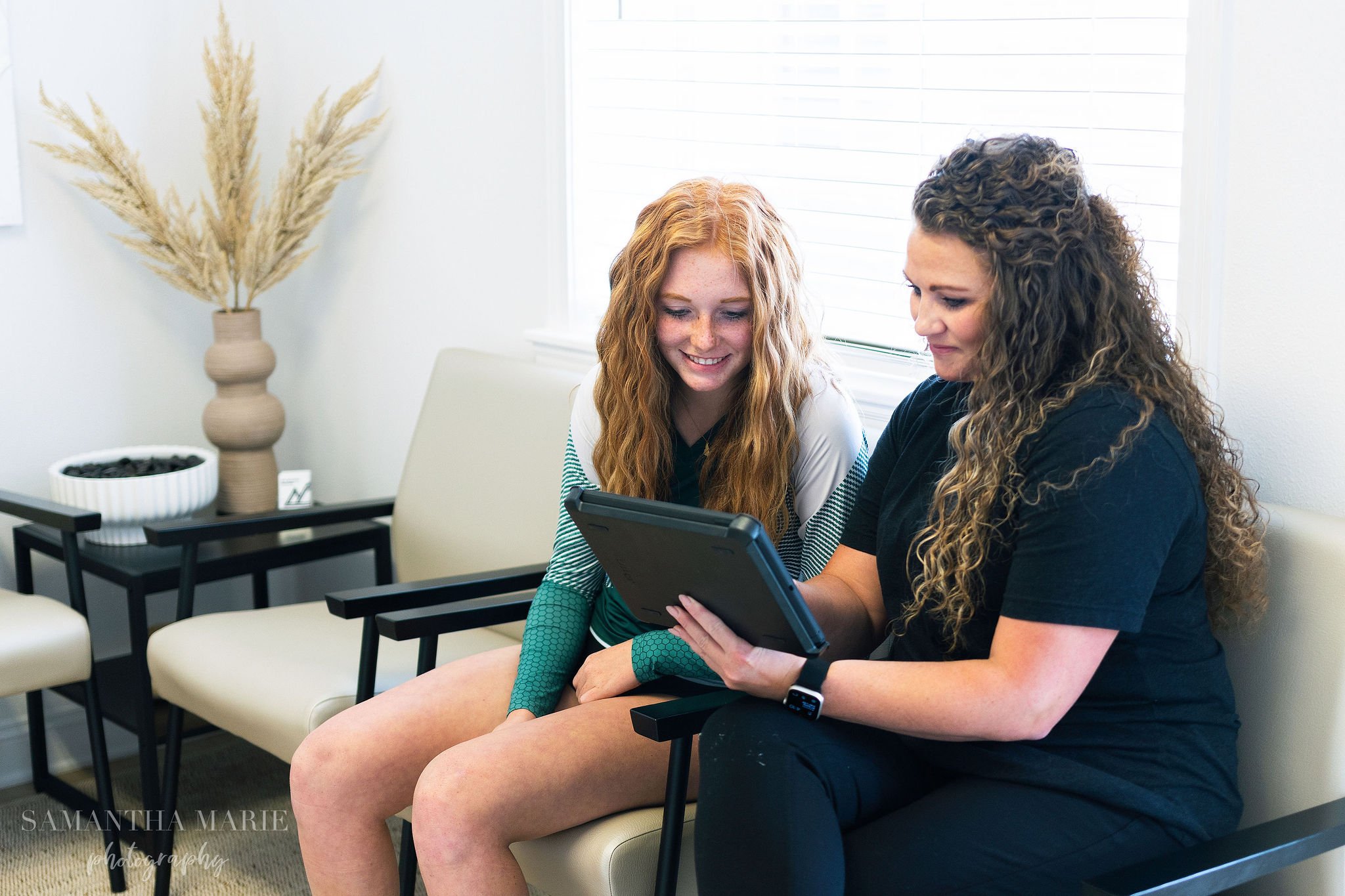
PERIPHERAL ARTERIAL DISEASE
WHAT IS IT?

Commonly referred to as poor circulation, Peripheral Arterial Disease (PAD) is the restriction of blood flow in the arteries of the leg. When arteries become narrowed by plaque (the accumulation of cholesterol and other materials on the walls of the arteries), the oxygen-rich blood flowing through the arteries cannot reach the legs and feet.
The presence of PAD may be an indication of more widespread arterial disease in the body that can affect the brain, causing stroke, or the heart, causing a heart attack.

SYMPTOMS
Most people have no symptoms during the early stages of PAD. Oen, by the time symptoms are noticed, the arteries are already significantly blocked.
Common symptoms of PAD include:
- Leg pain (cramping) that occurs while walking (intermittent claudication)
- Leg pain (cramping) that occurs while lying down (rest pain)
- Leg numbness or weakness
- Cold legs or feet
- Sores that will not heal on toes, feet or legs
- A change in leg color
- Loss of hair on the feet and legs
- Changes in toenail color and thickness
If any of these symptoms are present, it is important to discuss them with a foot and ankle surgeon. Le untreated, PAD can lead to debilitating and limb-threatening consequences.

WHAT ARE SYMPTOMS OF ACHILLES TENDINITIS?
The symptoms associated with Achilles tendinitis and tendonosis include:
- Pain—aching, stiffness, soreness or tenderness—within the tendon. This may occur anywhere along the tendon’s path, beginning with the tendon’s attachment directly above the heel upward to the region just below the calf muscle. Pain often appears upon arising in the morning or after periods of rest, then improves somewhat with motion but later worsens with increased activity.
- Tenderness, or sometimes intense pain, when the sides of the tendon are squeezed. There is less tenderness, however, when pressing directly on the back of the tendon.
- Thickening when the disorder progresses to degeneration, the tendon may become enlarged and may develop nodules in the area where the tissue is damaged.

TREATMENT
Treatment for PAD involves lifestyle changes, medication and, in some cases, surgery. Treatment for PAD involves lifestyle changes, medication and, in some cases, surgery.
- Lifestyle changes. These include smoking cessation, regular exercise and a heart-healthy diet.
- Medications. Medicines may be used to improve blood flow, help prevent blood clots or control blood pressure, cholesterol and blood glucose levels.
- Surgery. In some patients, small incision (endovascular) procedures or open (bypass) surgery of the leg are needed to improve blood flow.

WHY CHOOSE A FOOT AND ANKLE SURGEON?
Foot and ankle surgeons are the leading experts in foot and ankle care today. As doctors of podiatric medicine – also known as podiatrists, DPMs or occasionally “foot and ankle doctors” – they are the board-certified surgical specialists of the podiatric profession. Foot and ankle surgeons have more education and training specific to the foot and ankle than any other healthcare provider.
Foot and ankle surgeons treat all conditions affecting the foot and ankle, from the simple to the complex, in patients of all ages including Haglund's deformity. Their intensive education and training qualify foot and ankle surgeons to perform a wide range of surgeries, including any surgery that may be indicated for Haglund's deformity.

